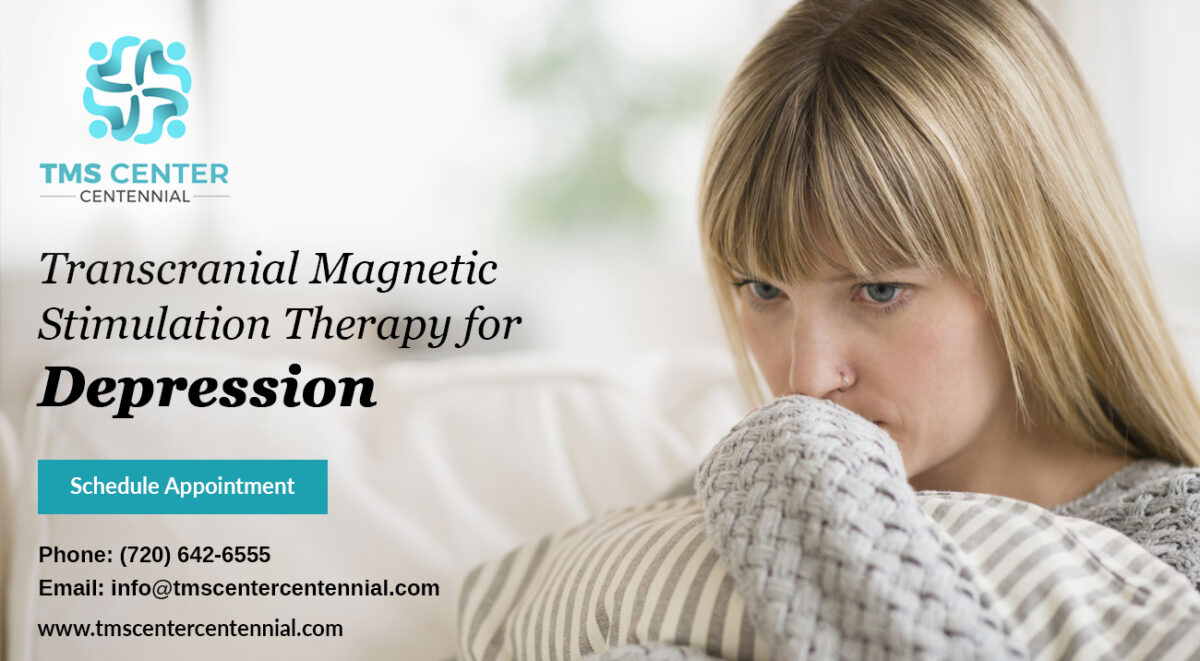Two most commonly discussed mental health problems that people know at least by terms is anxiety and depression. Despite the fact that they are used as almost synonyms in regular conversations, these two are different mental disorders. But the confusion is right for layman because many people with anxiety also develop depression and vice versa. Roughly, about half the number of people with depression are also diagnosed with anxiety disorder. This is why it is essential to get accurate diagnosis in order to treat them correctly. So, before the condition gets any worse, look out for the TMS therapy Near Me to understand and get proper diagnosis of the condition.

Many people with depression suffer from what is called “anxious distress”. Such people often feel tense, restless, and have concentrating issues because they worry a lot. They are often afraid of the thought that something bad might happen as there’s little confidence on them. When the conditions worsen, individuals can even become suicidal. Understandably, it is necessary to speak to a mental health professional who can evaluate the various disorders.
For people suffering from major depression, the symptoms include but not limited to lack of interest, change in appetite, insomnia or hypersomnia, diminished energy and feeling of guilt or worthlessness. The symptoms of Generalized Anxiety Disorder are mostly like excessive worry, restlessness, frequent fatigue, difficulty in concentration, disturbing sleep, muscle tension and more. It is essential for anyone who would face these symptoms for more than six months to get a proper diagnosis. This is because it is not always generalized anxiety disorder but can also be separation anxiety, panic disorder, or phobias of some sort.
If you compare, the symptoms are pretty similar and sometimes overlap. Sleep problems, difficulty in concentrating, and fatigue are the symptoms that can be seen in a person with either anxiety or depression. Irritability is also a very important and common manifestation.
That being said, there are many distinguishing features. For instance, people with depression generally move slowly, and their reactions can also be seen flattened or dulled. However, those who have anxiety may tend to be more keyed up and will have more racing thoughts. Presence of fear specially about the future is common with anxiety; however, depressed people have lesser chance to be fraught with worry about upcoming times.
Mental health test
There is still a certain sense of inhibition when it comes to checking the mental health. The feeling of anxiety seems normal before there is any big event in our lives but it is essential to get to a doctor to get full check up of the physical and psychological symptoms that explain the condition better.
If you have anxiety, depression, OCD or other medical conditions, your doctor will recommend medication, or therapy, and sometimes a combination of both or a combination of the two. However, there has been a lot of development in the treatment procedures and Deep Transcranial Magnetic Stimulation (Deep TMS) is one of the popular invasive treatments.
Learn more about them at Tmscentercentennial.com




